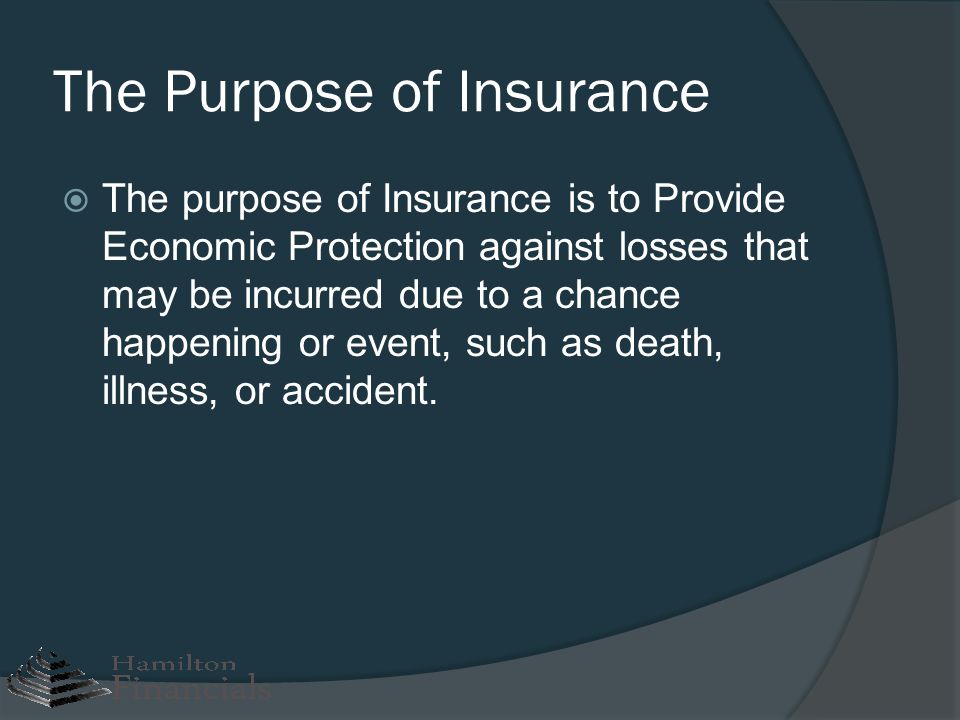An Unbiased View of Pacific Prime
Table of ContentsSome Known Questions About Pacific Prime.The Ultimate Guide To Pacific PrimeThe Pacific Prime StatementsRumored Buzz on Pacific Prime10 Easy Facts About Pacific Prime Described

This is due to the fact that the data were accumulated for a duration of strong economic efficiency. Of the approximated 42 million people who were without insurance, almost regarding 420,000 (regarding 1 percent) were under 65 years of age, the age at which most Americans come to be eligible for Medicare; 32 million were adults in between ages 18 and 65, around 19 percent of all adults in this age group; and 10 million were youngsters under 18 years of age, about 13.9 percent of all children (Mills, 2000).
These estimates of the number of persons without insurance are generated from the yearly March Supplement to the Existing Population Study (CPS), performed by the Census Bureau. Unless otherwise noted, nationwide estimates of people without medical insurance and proportions of the population with different kinds of insurance coverage are based on the CPS, one of the most widely utilized source of estimates of insurance coverage and uninsurance rates.
Some Known Questions About Pacific Prime.

Still, the CPS is especially beneficial due to the fact that it produces yearly quotes fairly rapidly, reporting the previous year's insurance protection approximates each September, and since it is the basis for a consistent set of price quotes for greater than twenty years, enabling analysis of fads in coverage over time. For these reasons, in addition to the comprehensive usage of the CPS in other researches of insurance policy protection that exist in this record, we count on CPS estimates, with limitations kept in mind.

The price quote of the number of uninsured individuals broadens when a populace's insurance coverage status is tracked for a number of years. Over a three-year duration starting early in 1993, 72 million individuals, 29 percent of the united state populace, lacked insurance coverage for at the very least one month. Within a solitary year (1994 ), 53 million individuals experienced a minimum of a month without insurance coverage (Bennefield, 1998a)
6 out of every ten without insurance adults are themselves utilized. Although working does improve the probability that one and one's household members will certainly have insurance coverage, it is not a guarantee. Also participants of households with two full time breadwinner have practically a one-in-ten opportunity of being without insurance (9.1 percent uninsured price) (Hoffman and Pohl, 2000).
The Best Strategy To Use For Pacific Prime
New immigrants make up a substantial percentage of people without medical insurance. One evaluation has actually connected a significant part of the recent growth in the dimension of the U.S. without insurance population to immigrants that got here in the learn this here now nation in between 1994 and 1998 (Camarota and Edwards, 2000). Current immigrants (those who pertained to the USA within the past 4 years) do have a high rate of being without insurance (46 percent), but they and their children account for simply 6 percent of those without insurance coverage nationally (Holahan et al., 2001).
The relationship between medical insurance and accessibility to care is well developed, as recorded later in this chapter. The partnership between health and wellness insurance coverage and wellness outcomes is neither straight neither simple, a comprehensive professional and health solutions research study literary works links health and wellness insurance policy coverage to better accessibility to care, much better top quality, and enhanced individual and population health and wellness standing.
Degrees of evaluation for checking out the effects of uninsurance. This conversation of wellness insurance protection focuses primarily on the united state population under age 65 since basically all Americans 65 and older have Medicare or various other public coverage. Moreover, it concentrates especially on those without any kind of medical insurance for any type of size of time.
The Buzz on Pacific Prime
The problems faced by the underinsured are in some areas comparable to those dealt with by the uninsured, although they are generally less severe. Health and wellness insurance, nevertheless, is neither required nor enough to acquire accessibility to clinical solutions. The independent and direct effect of health and wellness insurance policy protection on accessibility to health services is well developed.
Others will certainly acquire the wellness care they need even without medical insurance, by spending for it out of pocket or seeking it from suppliers who supply treatment totally free or at very subsidized prices. For still others, medical insurance alone does not guarantee invoice of treatment due to various other nonfinancial barriers, such as an absence of healthcare carriers in their area, limited accessibility to transport, illiteracy, or etymological and social distinctions.
The Definitive Guide for Pacific Prime
Formal study about without insurance populaces in the USA dates to the late 1920s and early 1930s when the Committee on the Expense of Medical Treatment produced a series of reports regarding funding doctor workplace gos to and hospital stays. This problem became salient as the varieties of clinically indigent climbed throughout the Great Depression.